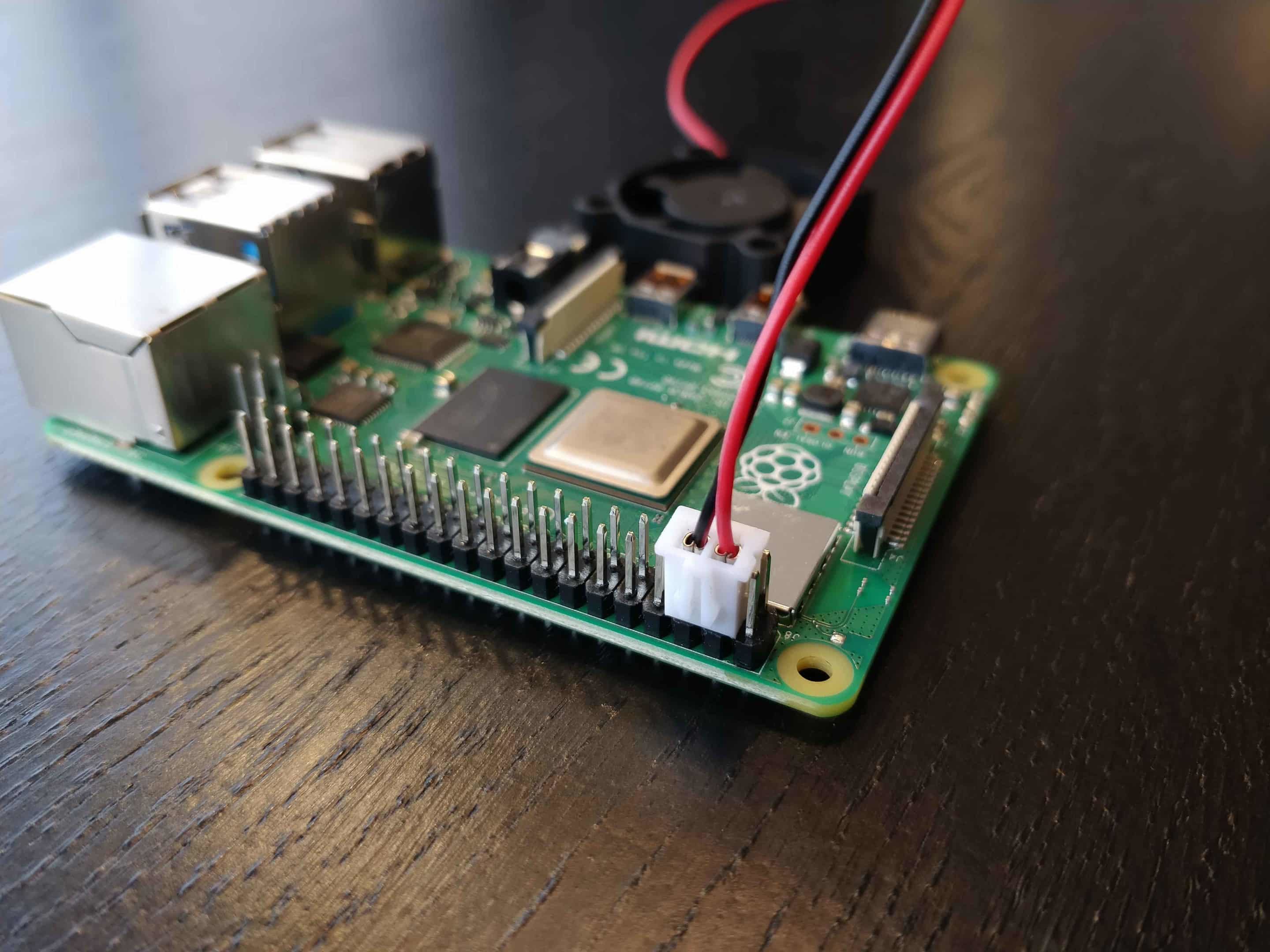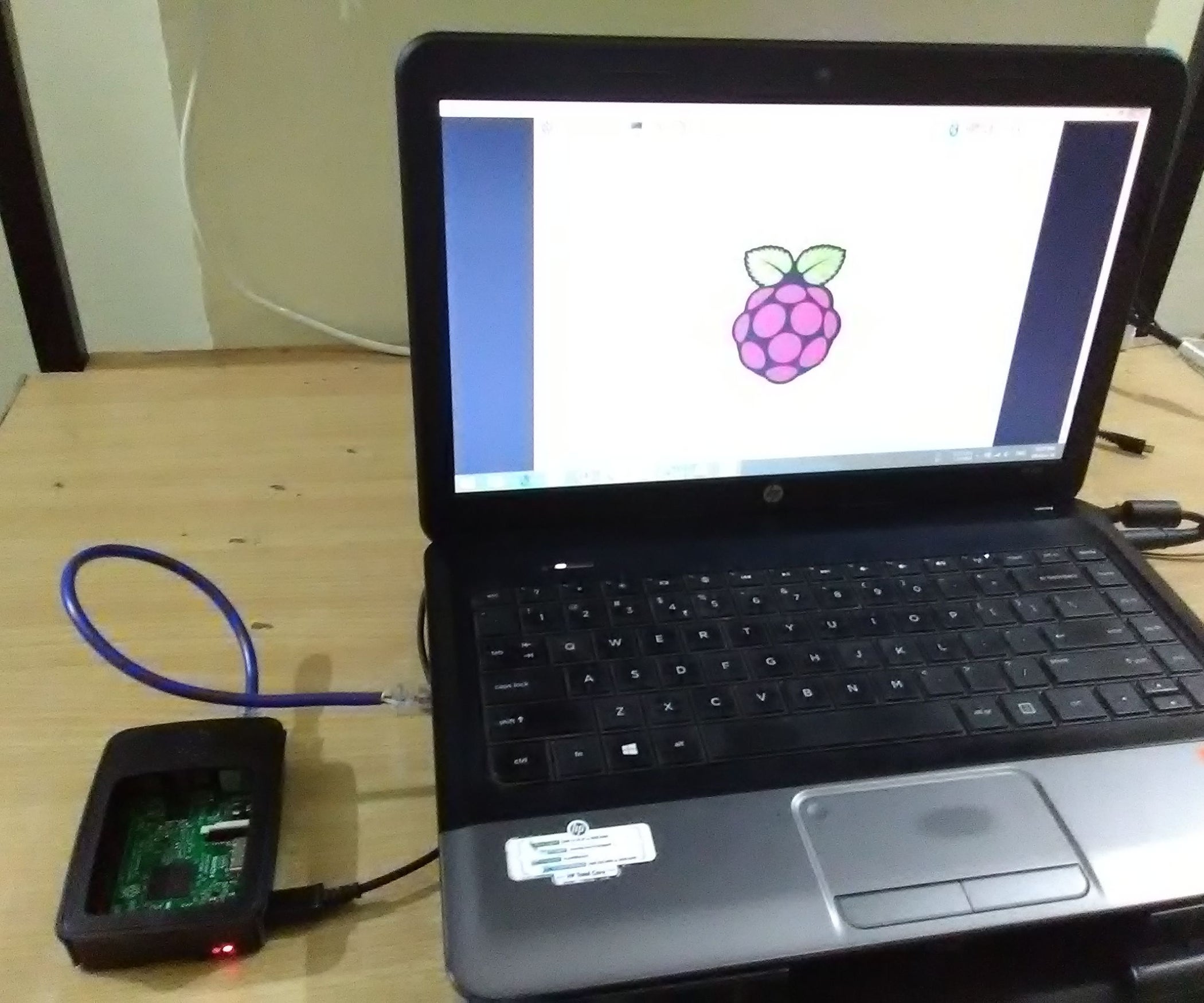Setting up tiny computers like Raspberry Pis to talk to faraway internet things can feel a bit like trying to send a secret message across a very big room, especially when you need to keep things private. It's about getting your little devices to chat with your cloud setups, like those private virtual spots, without anyone else listening in, and all this without spending a fortune, which is pretty cool, actually. You want that information, maybe from sensors or a camera, to go straight to where it needs to be, and nowhere else, kind of like how you'd want your important tax documents to only go to your accountant, not just floating around for anyone to pick up.
A lot of folks, you know, find themselves wondering how to make these connections truly safe, making sure that whatever data your Raspberry Pi collects or sends stays just between your device and your cloud area. There are, as a matter of fact, ways to do this that don't require you to be a security expert or to buy expensive tools, which is helpful. It's a bit like making sure your online banking is safe; you expect it to be, and there are ways to make sure your own small projects are, too, without a lot of extra fuss.
This whole idea of linking up your small internet-connected gadgets, particularly the Raspberry Pi, to a virtual private cloud (VPC) in a way that's both safe and free, sounds like a big puzzle to some. But, as I was saying, it's more straightforward than you might think, and we'll walk through some ideas on how to achieve that secure connection without a lot of fuss. It’s about putting together a few simple pieces, rather than needing some super complex setup, to get your little computer talking to your cloud space in a way that keeps everything private.
Table of Contents
- Why Securely Connecting Your Remote IoT Matters
- How Can You Securely Connect Your Devices?
- Are There Free Download Options for Security?
Why Securely Connecting Your Remote IoT Matters
When you have little devices, like a Raspberry Pi, out there gathering information or doing tasks, they are, in a way, like tiny messengers. If those messages are important or private, you really want to make sure they get to the right place without anyone else intercepting them. Think about how you’d want to send sensitive documents; you wouldn't just mail them in an open envelope. It’s the same basic idea for your internet-connected things. If someone could easily listen in on what your device is sending, they might get access to information you want to keep to yourself, or even mess with your device's operations. This is why making sure your remote IoT connections are truly safe is a pretty big deal, you know.
Keeping Your Remote IoT Data Private
The information your internet-connected gadgets send can be quite personal or important to your project. Maybe it's temperature readings from your home, or perhaps it's data from a sensor in a far-off location. If this data isn't kept private, it could potentially be seen by others, which is something you definitely want to avoid. Just like you'd want your financial documents to be uploaded to a place where only you and the intended recipient can see them, your IoT data needs that same level of care. A private connection means that the data travels through a kind of secret tunnel, where only the device and the cloud space know what’s going on inside. This helps to keep your information safe from prying eyes, which is very important for peace of mind, really.
What About Raspberry Pi Security?
Raspberry Pis are wonderful little computers, but like any computer, they need a bit of attention when it comes to keeping them safe. Out of the box, they might have some settings that are a bit too open for a device that's going to be connected to the internet. For instance, sometimes the default login information is widely known, which means someone could try to guess their way in. If you're going to securely connect your remote IoT, especially using a Raspberry Pi, you need to make sure its own defenses are up. This means changing default passwords, maybe setting up a firewall, and making sure only necessary doors are open for communication. It's about building a strong foundation for your tiny computer, so it can do its job without being easily bothered by unwanted visitors, which is, you know, just common sense for any device connected to the internet.
How Can You Securely Connect Your Devices?
So, you have your Raspberry Pi, and you want it to talk to your cloud setup, like a VPC, but you want to make sure that conversation is private. How do you actually make that happen? It's kind of like setting up a private phone line between two places. You don't want just anyone listening in. There are a few different ways to create this private path, and many of them use tools that are pretty common in the tech world. The goal is to make sure the data goes directly from your Raspberry Pi to your VPC, and that it's scrambled along the way so no one can understand it even if they somehow got their hands on it. This means using certain kinds of software and making specific settings, which, honestly, isn't as hard as it might sound at first glance.
Setting Up a VPC for Secure Connection
A virtual private cloud, or VPC, is like having your own secluded corner in the big public cloud. It's a space where you can run your servers and applications, and it's separated from everyone else's stuff. To securely connect your remote IoT devices, you'd typically set up a virtual private network (VPN) server inside this VPC. This VPN server acts as the gatekeeper. Your Raspberry Pi, out in the world, would then connect to this VPN server. When it connects, it forms that private tunnel we talked about earlier. All the data from your Raspberry Pi travels through this tunnel directly into your VPC, completely bypassing the open internet for its journey. It's a bit like having a private road leading straight to your house, rather than using the main highway where everyone drives. This setup helps a lot with keeping things private and safe, which is a key part of making sure your remote IoT system works as it should.
Getting Your Raspberry Pi Ready for a Secure Link
Once you have your VPC ready with its VPN server, the next step is to prepare your Raspberry Pi to make that secure link. This usually means installing some special software on the Raspberry Pi itself. For instance, many people use programs like OpenVPN or WireGuard. These are pieces of software that know how to talk to your VPN server and create that encrypted tunnel. You'll need to get a configuration file from your VPN server, which tells your Raspberry Pi exactly how to connect. It's a bit like giving your Raspberry Pi a set of instructions and a special key to open the private road. You just put that file on the Pi, tell the VPN software to use it, and then you start the connection. After that, your Raspberry Pi will be able to securely connect to your VPC, sending all its data through that private, encrypted path. This process is, you know, pretty straightforward once you have the right pieces in place.
Are There Free Download Options for Security?
One of the best parts about setting up these kinds of secure connections for your remote IoT devices, especially with a Raspberry Pi, is that you often don't need to spend any money on the software. There are so many great tools available that are completely free to download and use. This is a big plus for anyone working on personal projects or small-scale deployments, as it helps keep costs down. It means you can get a really good level of security without having to open your wallet for licenses or special programs. The tech community has, in fact, created some really powerful options that are freely available to everyone, which is pretty amazing when you think about it.
Tools to Securely Connect Without Cost
When we talk about free tools to securely connect your Raspberry Pi to a VPC, there are a few standouts. OpenVPN is one of the most popular choices. It's been around for a long time, it's very reliable, and there are tons of guides online to help you set it up. WireGuard is another great option; it's newer, often faster, and sometimes a bit simpler to configure, which is nice. Both of these are open-source, meaning their code is freely available for anyone to inspect and use. For setting up your VPN server in the VPC, you can use these same tools. For the Raspberry Pi side, you just download the client software for OpenVPN or WireGuard, which is also free. This means you can build a really strong, private connection without paying for any software licenses, which is, you know, a huge benefit for anyone trying to do this on a budget. You might even find that some cloud providers offer a little bit of free usage for their VPC services, so you can test things out.
Thinking About Long-Term Free Use
While the software for securely connecting your remote IoT devices, like your Raspberry Pi, might be free to download and use, it's worth thinking a little about the long-term picture. Running a VPC, even a small one, might involve some very small costs from your cloud provider, depending on how much data you send or how long you keep things running. Many providers have a "free tier" that gives you a certain amount of usage without charge, which is pretty generous. It's always a good idea to check their specific terms to make sure your usage stays within those free limits. For the Raspberry Pi itself, once you have the free software installed, there are no ongoing costs there. So, with a bit of planning and choosing the right cloud provider's free offerings, you can often keep your secure connection running for a long time without incurring significant expenses, which is, you know, a very practical approach for many personal or small business uses.
Getting your little Raspberry Pi to chat safely with your cloud space, especially when you want to keep costs down, really comes down to using some clever, freely available tools. It's about setting up those private paths, making sure your tiny computer is ready, and choosing the right software that won't cost you a thing. This way, your important data, just like those confidential documents, travels securely and only to where it needs to go, which is a pretty satisfying outcome for any project.



Detail Author:
- Name : Sandrine Runte
- Username : dale84
- Email : gwisozk@cartwright.com
- Birthdate : 1979-07-08
- Address : 99484 Kiara Flat Magdalenaland, AR 33606-8410
- Phone : 743.478.2149
- Company : Gusikowski-O'Kon
- Job : Clerk
- Bio : Sequi a et quas non sit. Porro nihil saepe quia distinctio reprehenderit in. Iusto ut neque neque pariatur enim perferendis. Voluptatem deleniti architecto illo dolores sed aut.
Socials
instagram:
- url : https://instagram.com/ward_macejkovic
- username : ward_macejkovic
- bio : Facere et molestias quo id ipsam. Eligendi iure autem iure velit sequi quis molestiae tenetur.
- followers : 6199
- following : 2339
tiktok:
- url : https://tiktok.com/@wmacejkovic
- username : wmacejkovic
- bio : Perspiciatis ex et quo quis. Adipisci velit dolor qui aperiam ad.
- followers : 2796
- following : 1677

